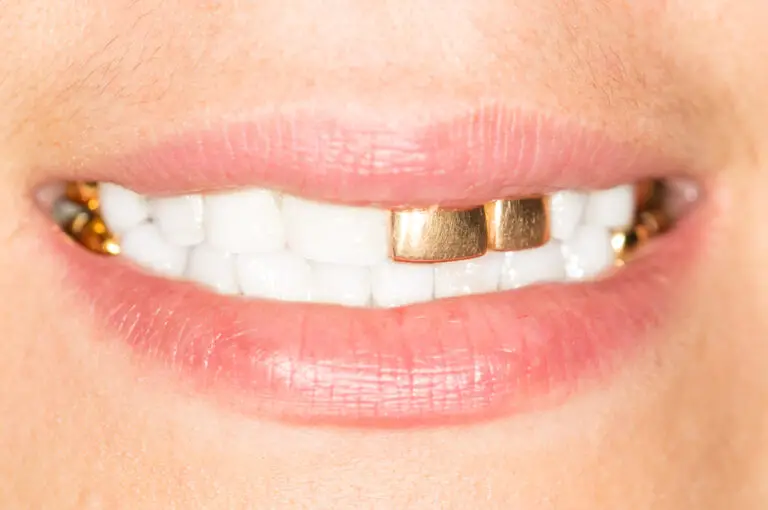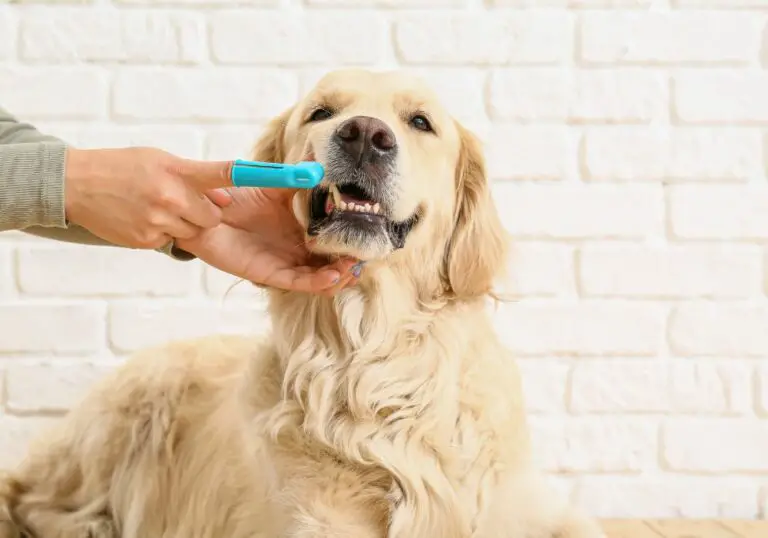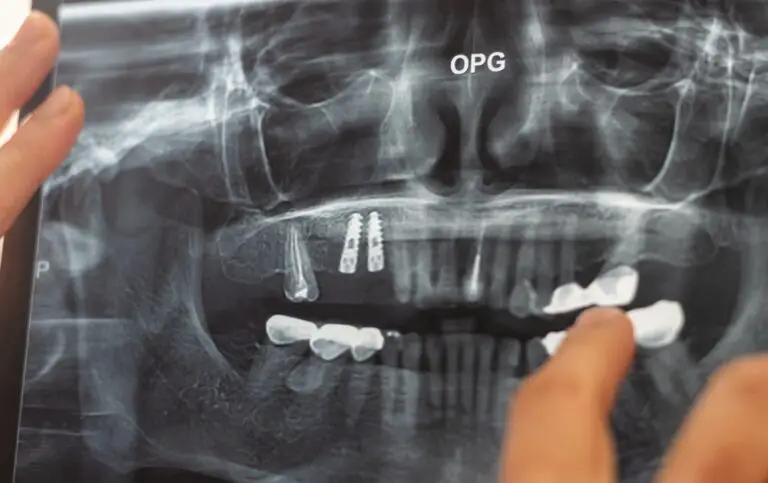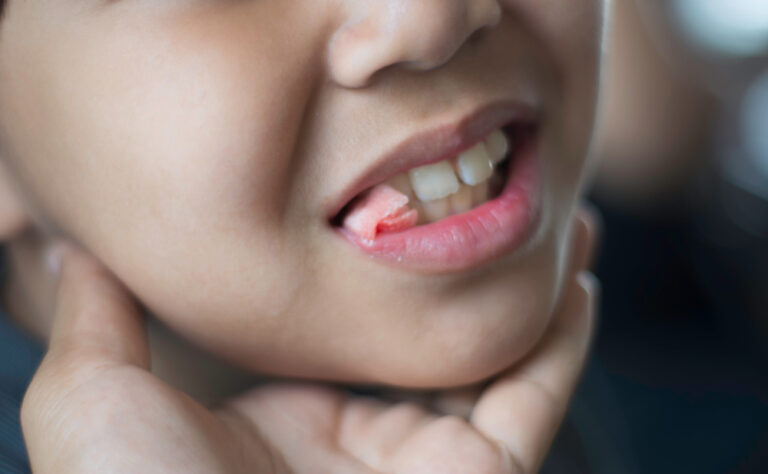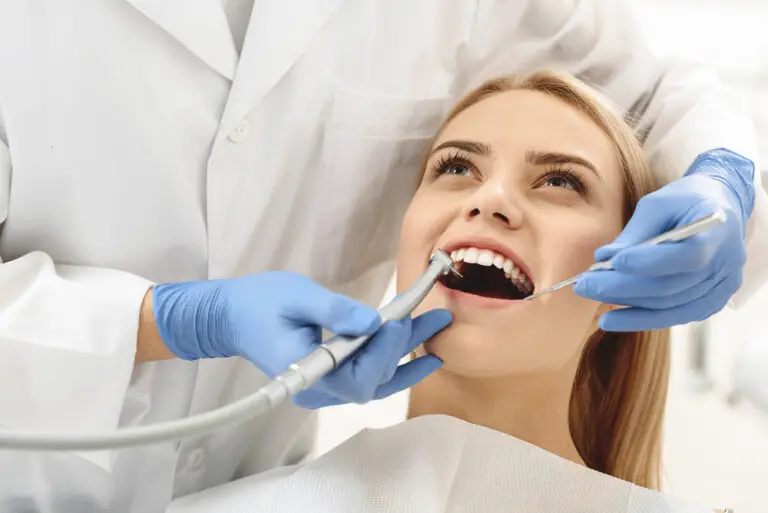Do you have a crooked tooth that’s bothering you? You’re not alone. Many people have at least one crooked tooth, and it can be a source of self-consciousness. Fortunately, there are options available to straighten a crooked tooth.
One option is traditional metal braces or clear aligners like Invisalign. These orthodontic treatments can be effective for straightening teeth, including a single crooked tooth. However, they can be expensive and require a significant time commitment. If you have other teeth that are already straight, you may not want to go through the hassle and expense of full orthodontic treatment just for one crooked tooth.
Another option is dental bonding or veneers. These cosmetic treatments involve applying a tooth-colored material to the surface of the tooth to improve its appearance. Dental bonding is a more affordable option than veneers, but it may not last as long or look as natural. Veneers, on the other hand, are more durable and can provide a more natural-looking result, but they are more expensive.
Understanding Crooked Teeth
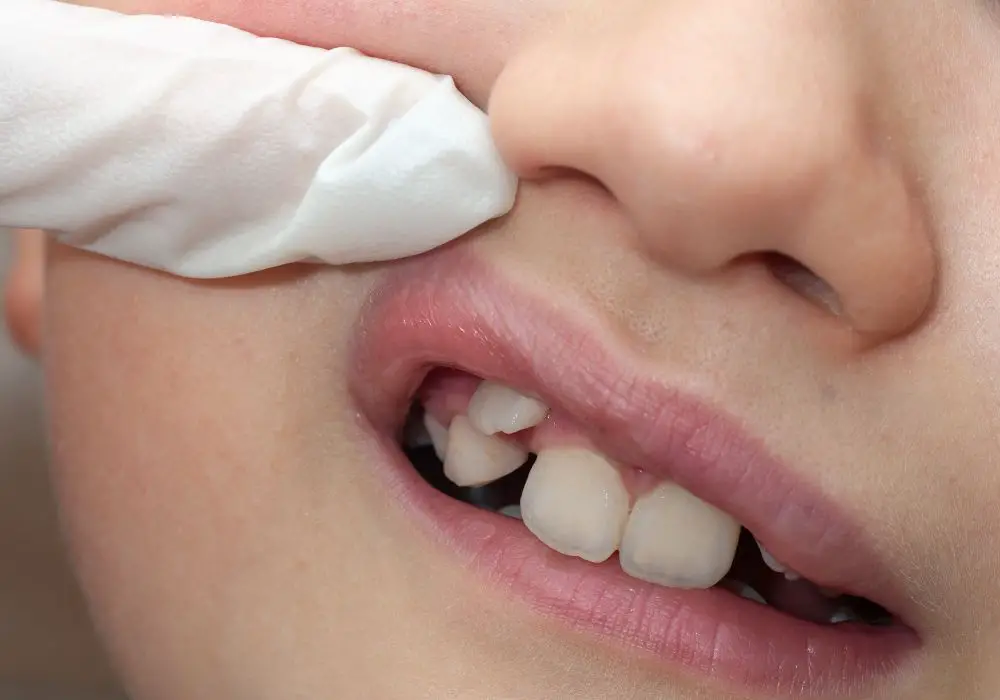
Crooked teeth are a common dental issue that affects many people. They can be caused by a variety of factors and can have different types. Understanding the causes and types of crooked teeth can help you determine the best treatment options for your specific case.
Causes of Crooked Teeth
There are several reasons why teeth may become crooked. Some of the common causes include:
- Genetics: If your parents have crooked teeth, you may be more likely to have them too.
- Crowding: When there is not enough space in your mouth for all your teeth, they may become crowded and crooked.
- Thumb sucking: Children who suck their thumbs may push their teeth out of alignment.
- Jaw problems: Issues with the jaw, such as an overbite or underbite, can cause crooked teeth.
- Injury: Trauma to the mouth can cause teeth to become crooked.
Types of Crooked Teeth
Not all crooked teeth are the same. There are different types of crooked teeth, including:
- Overcrowding: When there is not enough space in your mouth for all your teeth, they may become crowded and overlap each other.
- Overbite: When the upper teeth overlap the lower teeth too much, it is called an overbite.
- Underbite: When the lower teeth overlap the upper teeth too much, it is called an underbite.
- Crossbite: When some of the upper teeth sit inside the lower teeth, it is called a crossbite.
In conclusion, crooked teeth are a common dental issue that can be caused by various factors. Understanding the causes and types of crooked teeth can help you determine the best treatment options for your specific case.
Straightening Crooked Teeth
If you have a crooked tooth, you may be wondering if there are any options available to straighten it. Fortunately, there are several options available to help you achieve a straighter smile. Here are three common ways to straighten crooked teeth:
Dental Braces
Dental braces are a tried-and-true method for straightening crooked teeth. Braces work by applying constant, gentle pressure to your teeth, gradually shifting them into the desired position. Traditional metal braces are the most common type of braces, but there are also ceramic braces and lingual braces that are less noticeable.
Braces are typically worn for one to three years, depending on the severity of your case. During this time, you will need to visit your orthodontist regularly to have your braces adjusted. You may also need to wear a retainer after your braces are removed to help maintain your new smile.
Clear Aligners
Clear aligners are a popular alternative to traditional braces. Clear aligners are a series of custom-made, clear plastic trays that fit over your teeth and gradually shift them into place. Aligners are typically worn for 20-22 hours a day and are changed every two weeks.
One of the biggest advantages of clear aligners is that they are virtually invisible, making them a great option for adults who are self-conscious about wearing braces. However, clear aligners may not be suitable for more complex cases of crooked teeth.
Retainers
Retainers are a type of orthodontic appliance that are often used after braces or clear aligners to help maintain your new smile. Retainers are custom-made to fit your teeth and are typically worn for several hours a day or overnight.
Retainers can be either fixed or removable. Fixed retainers are bonded to the back of your teeth and are usually worn for several years. Removable retainers are similar to clear aligners and are worn for a shorter period of time.
In conclusion, there are several options available to help straighten crooked teeth, including dental braces, clear aligners, and retainers. Your orthodontist can help you determine which option is best for your individual needs.
Considerations for Straightening Crooked Teeth
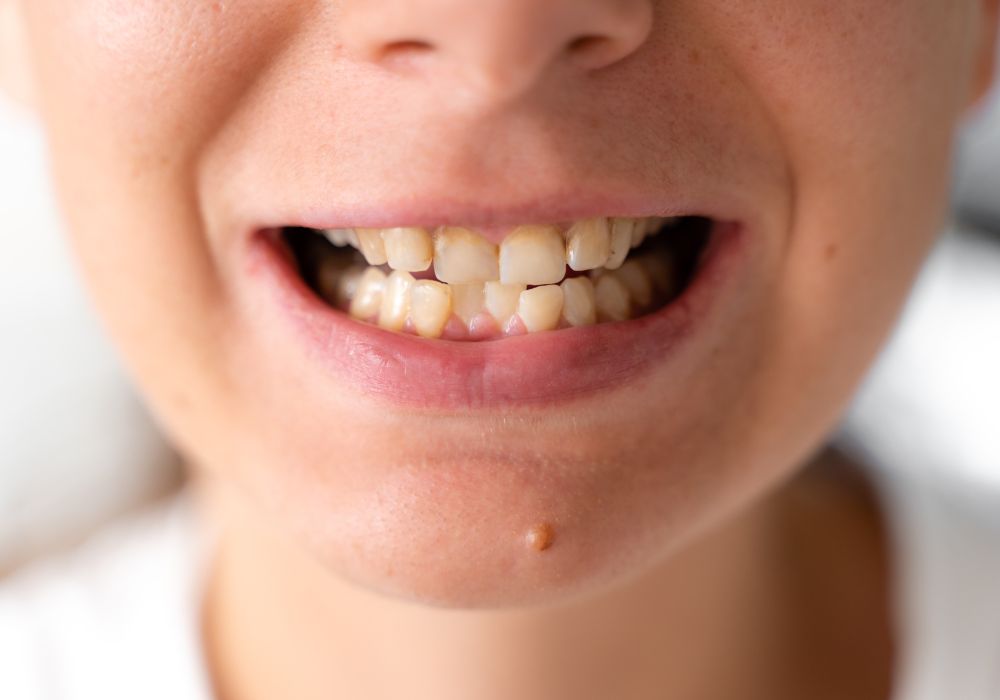
If you have crooked teeth, you might be wondering if you can straighten them. The good news is that there are several ways to straighten crooked teeth. However, before you decide to go ahead with any treatment, there are a few factors that you should consider.
Age Factor
One of the most important factors to consider when it comes to straightening crooked teeth is your age. Orthodontic treatment is most effective when done during childhood or adolescence when the teeth are still developing. This is because the teeth are more malleable and can be easily moved into their correct position.
However, this does not mean that adults cannot straighten their teeth. There are several options available for adults, including braces and clear aligners. It is important to note, however, that treatment may take longer for adults than for children or teenagers.
Cost Factor
Another important consideration when it comes to straightening crooked teeth is the cost. Orthodontic treatment can be expensive, and the cost can vary depending on the type of treatment you choose and the severity of your case.
Braces are typically the most affordable option, but they can still be costly. Clear aligners are usually more expensive than braces, but they offer a more discreet option for straightening teeth. It is important to talk to your orthodontist about the cost of treatment and whether your insurance will cover any of the expenses.
Time Factor
Finally, you should consider the time factor when it comes to straightening crooked teeth. Orthodontic treatment can take anywhere from a few months to several years, depending on the severity of your case and the type of treatment you choose.
Braces are usually worn for 1-3 years, while clear aligners are typically worn for 6-18 months. It is important to be patient and committed to the treatment plan, as stopping treatment prematurely can result in the teeth shifting back to their original position.
In summary, there are several factors to consider when it comes to straightening crooked teeth, including your age, the cost of treatment, and the time commitment required. Talk to your orthodontist to determine the best treatment plan for your individual needs.
Potential Risks and Complications
Straightening a crooked tooth is a common dental procedure. However, like any medical procedure, it comes with potential risks and complications. Here are some of the most common ones:
Gum Disease
When you have crooked teeth, it’s much more difficult to clean between them. This makes you more prone to gum disease since plaque builds up in between teeth, causing harmful bacteria to multiply. Straightening your teeth can help prevent gum disease.
Tooth Decay
Crooked teeth can also increase your risk of tooth decay. When teeth are not aligned correctly, food particles and bacteria can become trapped in hard-to-reach places. This can lead to cavities and other dental problems.
Root Resorption
Root resorption is a condition where the body begins to dissolve the roots of a tooth. This can happen when teeth are moved too quickly or too aggressively during orthodontic treatment. It’s important to work with a qualified orthodontist who can monitor your progress and adjust your treatment plan as needed.
Temporomandibular Joint Disorder (TMJ)
TMJ is a condition that affects the jaw joint and can cause pain, clicking, and popping in the jaw. It can also cause headaches and earaches. Straightening your teeth can help alleviate TMJ symptoms in some cases.
Lingual Braces
Lingual braces are braces that are placed on the back of your teeth. While they can be a great option for people who don’t want visible braces, they can also be more difficult to clean and maintain. This can increase your risk of gum disease and tooth decay.
Clear Aligners
Clear aligners, such as Invisalign, are a popular option for straightening teeth. However, they must be worn for at least 22 hours a day to be effective. Failure to wear them as directed can result in longer treatment times and less effective results.
While there are risks and complications associated with straightening a crooked tooth, working with a qualified orthodontist can help minimize these risks. Be sure to discuss any concerns you have with your orthodontist before beginning treatment.
Maintaining Straightened Teeth
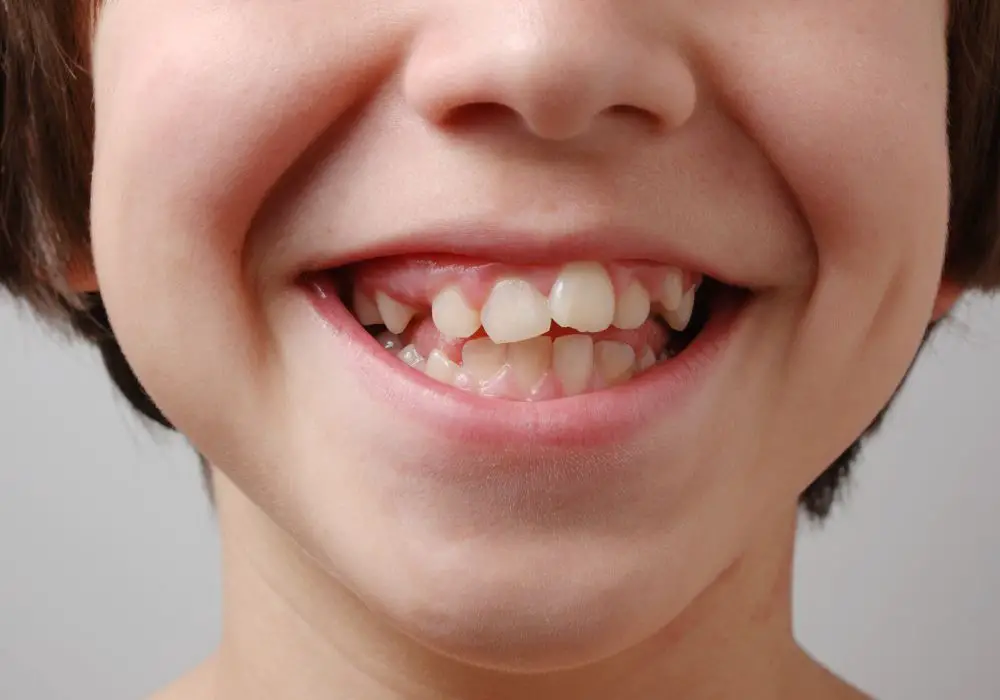
Once you have straightened your crooked tooth, it is important to maintain the new alignment. Here are some tips to keep your teeth straight:
- Wear a retainer: Your orthodontist may recommend wearing a retainer after your braces or clear aligners are removed. A retainer helps to keep your teeth in their new position. Follow your orthodontist’s instructions on how often to wear your retainer.
- Practice good oral hygiene: Brush your teeth twice a day and floss once a day. This will help prevent plaque buildup, which can cause gum disease and tooth decay. Use a fluoride toothpaste to strengthen your teeth.
- Avoid hard and sticky foods: Hard and sticky foods can damage your braces or clear aligners. They can also cause your teeth to shift out of alignment. Avoid foods like popcorn, hard candies, and chewing gum.
- Visit your dentist regularly: Regular dental checkups can help prevent dental problems and catch them early. Your dentist can also check the alignment of your teeth and recommend any necessary treatments.
- Be mindful of your habits: Habits like biting your nails, chewing on pens, or clenching your jaw can put pressure on your teeth and cause them to shift out of alignment. Be aware of these habits and try to avoid them.
By following these tips, you can help maintain your straightened teeth and keep your smile looking great.
Frequently Asked Questions
Is it possible to fix one crooked tooth?
Yes, it is possible to fix one crooked tooth. There are various options available to straighten a single crooked tooth, such as dental bonding, veneers, or clear aligners.
What are the options for straightening teeth without braces?
There are several options available for straightening teeth without braces. Clear aligners, such as Invisalign, are a popular option as they are nearly invisible and can be removed for eating and cleaning. Dental bonding and veneers can also be used to straighten teeth without the use of braces.
What are some common causes of crooked teeth?
Crooked teeth can be caused by a variety of factors, including genetics, thumb-sucking during childhood, premature loss of baby teeth, and mouth breathing. In some cases, crooked teeth may be caused by an underlying medical condition, such as a cleft palate or jaw tumor.
How do celebrities fix their crooked teeth?
Celebrities often use cosmetic dentistry to fix their crooked teeth. This can include clear aligners, veneers, or dental bonding. Some celebrities may also opt for traditional braces, but these are less common due to their appearance.
What are some natural remedies for straightening teeth?
There are no proven natural remedies for straightening teeth. Some people claim that chewing on certain foods, such as apples or carrots, can help to straighten teeth, but there is no scientific evidence to support these claims. It is best to consult with a dentist to determine the best course of action for straightening your teeth.
What does it mean if your teeth are crooked according to astrology?
There is no scientific evidence to support the idea that crooked teeth have any astrological significance. While some people believe that the alignment of your teeth can impact your personality or future, there is no evidence to support these claims. It is best to focus on practical solutions for straightening your teeth rather than relying on astrology.


